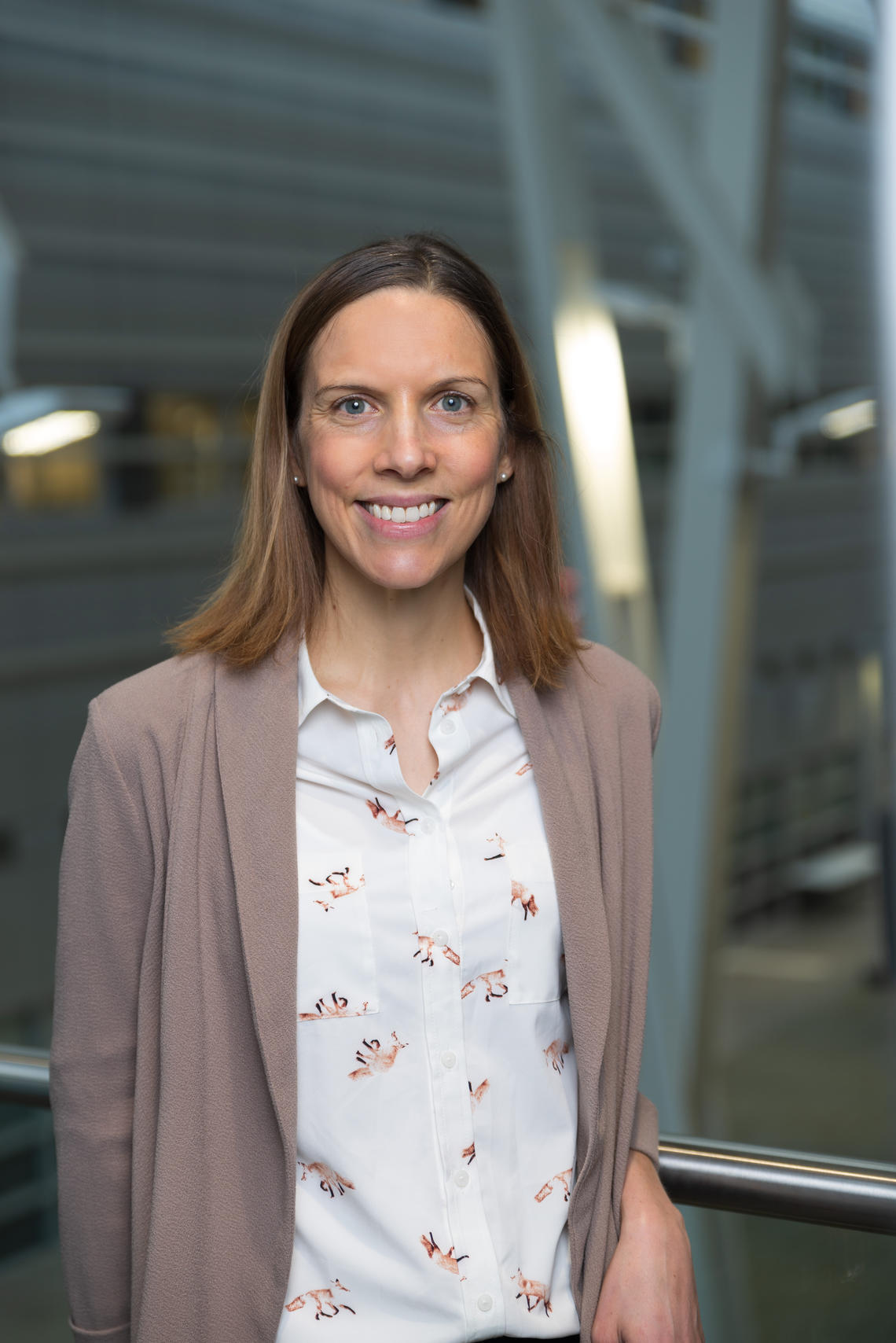Sept. 1, 2020
Osteoporotic hip fractures: Understanding your risk

Chances are you know, or have heard of, an elderly person who has fractured a hip. In many cases, hip fractures are an unfortunate consequence of osteoporosis.
Osteoporosis is characterized by low bone density and bone deterioration. The condition primarily occurs in people over the age of fifty and is one of the leading causes of bone fractures, called osteoporotic fractures. It is estimated that more than two million Canadians have osteoporosis[i]. 50% of women will experience a fracture (hip or elsewhere) after menopause, and 20% of men will experience a fracture after age 50. [ii]
Because osteoporosis is so common and the risk of fractures is high, Osteoporosis Canada recommends all adults who are aged 65 or older or younger adults who have additional risk factors fracture be screened for low bone density by undergoing a dual-energy X-ray absorptiometry (DXA) scan. “Your bone density level has an impact on your risk of fracture. Generally, the lower the bone density, the higher risk of hip and other fractures,” explains Dr. Emma Billington, MD, an endocrinologist and a clinical assistant professor in the Department of Medicine at the Cumming School of Medicine.
In addition to the relationship between lower bone density and higher risk for hip fracture, there are other factors such as the likelihood of falling that can impact overall risk. “You might have low bone density, but you might not have a fracture because you never fall. It can also be hard to determine bone quality through a DXA scan, the bone could appear thin on a scan, but you might have a good foundation,” explains Billington.
Calculating risk
Billington is working with McCaig Institute director Dr. Steven Boyd, PhD, to use high-resolution peripheral quantitative computed tomography (HR-pQCT) to analyze the quality and microarchitecture of bone to better understand who might be at risk of a hip fracture. They are comparing the bone quality of those who have recently had a hip fracture to a control population to help identify who is at the highest risk for fracture before it happens.
At Calgary’s Dr. David Hanley Osteoporosis Centre, Billington is involved with a project to improve access to care and decrease wait time for patients looking to learn about their fracture risk and decide whether or not to start treatment. The project, called the Self Consult Program, features a group medical visit conducted by an osteoporosis specialist and nurse where patients calculate their own fracture risk and receive education regarding treatment options to prevent fracture. “The program is speeding up the process and improving access to care. People are happy with the program and if people decide to start treatment, they are more confident and persistent with medication,” says Billington.
Reducing the risk
Although hip fracture risk increases with age, several preventative lifestyle changes can help to lower risk. Billington suggests activities such as walking and resistance training that may lower the risk of a hip fracture and work on balance can help to decrease the likelihood of falling. Aside from engaging in these activities, eating a balanced diet with adequate levels of calcium (1200 mg) and Vitamin D is key to maintaining bone health. "Specifically, for people over age fifty and those with osteoporosis we recommend taking a Vitamin D supplement between 400 to 2000 IU a day. It can be challenging to get enough Vitamin D in our diet and through sun exposure,” says Billington.
Learn more about the prevention of osteoporotic hip fractures from Dr. Billington and hear from other researchers on the latest advances in hip health at this year’s online Wood Forum on Hip Health on November 7th. Register at: woodforum2020.eventbrite.ca. Tickets are free.
Dr. Emma Billington, MD, FRCPC, is an endocrinologist and a clinical assistant professor in the Department of Medicine at the CSM. She is a member of the O’Brien Institute for Public Health, the McCaig Institute for Bone and Joint Health and the associate medical director of the Dr. David Hanley Osteoporosis Centre in Calgary.
[i] Source: Goeree, R., et al., An assessment of the burden of illness due to osteoporosis in Canada. JOURNAL-SOGC, 1996. 18: p. 15-24.
[ii] Source: Sambrook, P. and C. Cooper, Osteoporosis. The Lancet, 2006. 367(9527): p. 2010-2018.

Don Molyneaux
